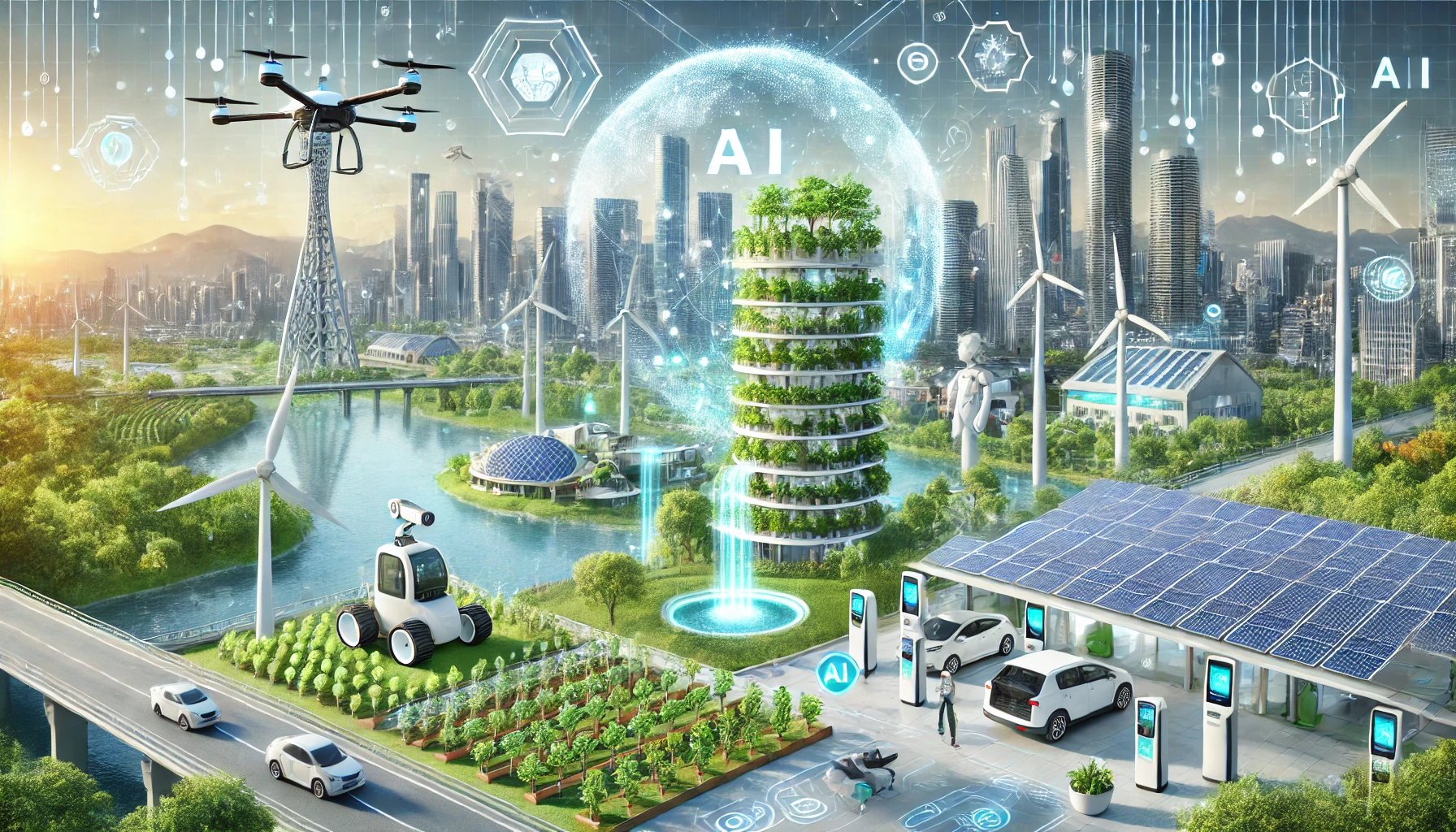AI fuels green innovation across Chinese Industries
Disaggregating the types of innovation revealed that AI has a stronger effect on clean production technologies than on pollution control technologies. Clean production refers to upstream interventions that improve energy efficiency and reduce emissions during manufacturing, while pollution control involves downstream technologies for waste treatment and compliance.

Artificial intelligence is accelerating China’s path toward sustainable industrial transformation by significantly enhancing firms’ green innovation capabilities, according to a new peer-reviewed study. Titled “Does Artificial Intelligence Promote Firms’ Green Technological Innovation?”, the paper was published in the journal Sustainability. It provides empirical evidence that AI adoption boosts both cleaner production and pollution control innovation across China's listed companies, using data from 2006 to 2020.
By categorizing green innovation into two distinct types, clean production and pollution control, the study offers a granular analysis of how AI affects different stages of the production chain. It concludes that AI has a more pronounced impact on clean production processes, while its influence on end-of-pipe pollution control remains significant but comparatively moderate.
How does AI stimulate green technological innovation in firms?
The research uses a double fixed-effects econometric model to quantify AI’s effect on corporate green innovation. AI adoption, measured by enterprise-level industrial robot penetration, was found to significantly increase green patent applications. Specifically, the study finds that even a 1% increase in AI adoption correlates with measurable gains in green innovation output across sectors.
This enhancement occurs primarily through two mechanisms: elevating the caliber of human capital and improving operational efficiency. First, AI reshapes labor demands, encouraging firms to hire or train workers with higher cognitive and technical skills. These skilled employees are more likely to engage in forward-looking, interdisciplinary innovation required for green technology breakthroughs. Second, AI systems automate and optimize business functions, ranging from procurement to logistics, thereby lowering energy use and enhancing resource allocation, which creates operational slack that can be reinvested into R&D.
The study also found a lagging but persistent effect: while AI’s impact on innovation tends to decline slightly over time, it remains positive and significant, suggesting long-term strategic value. This dynamic reinforces the case for continued AI upgrades to maintain innovation momentum.
Where does AI have the greatest green impact?
Disaggregating the types of innovation revealed that AI has a stronger effect on clean production technologies than on pollution control technologies. Clean production refers to upstream interventions that improve energy efficiency and reduce emissions during manufacturing, while pollution control involves downstream technologies for waste treatment and compliance.
The study identifies several reasons for this disparity. Clean production investments, while initially costly, offer firms higher returns through material savings and energy efficiency, especially in low-pollution industries. These industries typically have fewer regulatory pressures but more flexibility to integrate cutting-edge processes and achieve product differentiation through green branding.
By contrast, high-pollution industries, such as coal, chemicals, and metallurgy, are more likely to invest in AI-powered pollution control as a risk-avoidance strategy. These firms face stringent environmental regulations, making it more cost-effective to comply through precision emission management and end-of-pipe treatment improvements. In this context, AI enables precise monitoring, automated filtering, and optimized waste management, but with less direct incentive to revamp entire production lines.
Additionally, the study confirmed that AI's impact varies by enterprise ownership. State-owned enterprises (SOEs) benefit more from AI adoption than non-SOEs, partly due to stronger alignment with national green development goals and better access to capital and skilled labor. Non-SOEs, constrained by costs and human resource limitations, show a relatively muted response to AI-driven innovation.
How do environmental policies influence AI-driven innovation?
Environmental regulation intensity emerged as a key moderator in the relationship between AI adoption and green innovation. In regions with strong regulatory frameworks, firms showed significantly higher rates of green patenting following AI adoption. These results confirm the so-called “Porter Hypothesis,” which argues that well-designed environmental regulations can stimulate innovation by increasing the cost of pollution and creating a competitive incentive to innovate.
The study’s findings suggest that firms in strictly regulated areas use AI to avoid penalties and remain competitive, whereas those in loosely regulated regions may avoid AI investments due to cost and policy uncertainty. In strong-regulation regions, AI helps firms reduce reliance on labor-intensive compliance practices by automating monitoring and adjusting production in real time.
From a policy perspective, this finding underscores the importance of regional environmental governance. Combining stringent environmental regulations with subsidies for AI adoption creates a synergistic effect that multiplies green innovation outputs. In turn, this helps align national climate targets with industrial modernization goals.
The path forward: A green-AI industrial strategy
The research makes several policy recommendations to build on these insights. Governments should prioritize support for AI applications with environmental benefits through targeted subsidies and R&D incentives. For instance, promoting AI in clean production among low-pollution industries can generate long-term efficiency gains, while supporting AI-based pollution control in high-pollution sectors can accelerate compliance and reduce ecological damage.
Education and workforce development policies are also critical. By investing in talent that combines AI technical skills with green innovation literacy, China can build a competitive advantage in sustainable manufacturing. These measures simultaneously advance the UN Sustainable Development Goals (SDGs), particularly SDG 9 (industry, innovation, and infrastructure) and SDG 13 (climate action).
The study also urges future researchers to broaden the scope of AI metrics beyond robotics and explore its application in SMEs, which often lag in digital transformation but represent a significant portion of China’s industrial base. Comparative international studies are also encouraged to evaluate how different governance models affect AI’s green impact.
- FIRST PUBLISHED IN:
- Devdiscourse










